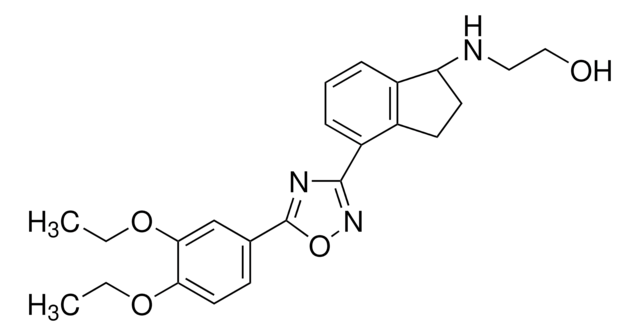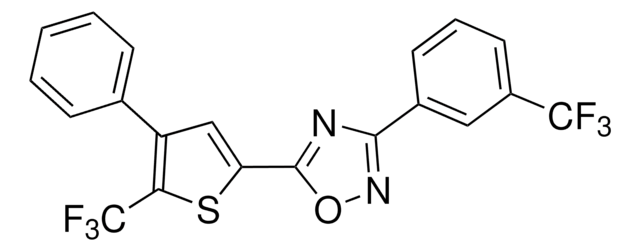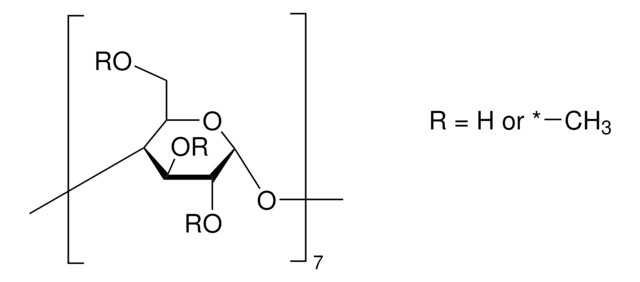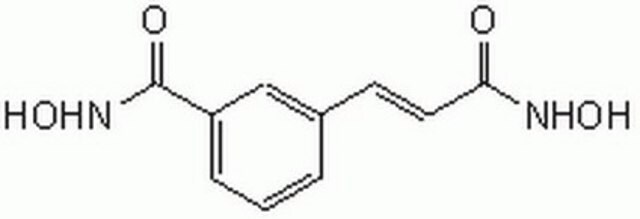Kluczowe dokumenty
SML2099
NIBR-0213
≥98% (HPLC)
Synonim(y):
(S)-2-({3′-[(R)-1-(4-Chloro-3-methyl-phenyl)-ethylamino]-3,5-dimethyl-biphenyl-4-carbonyl}-amino)-propionic acid, N-[[3′-[[(1R)-1-(4-Chloro-3-methylphenyl)ethyl]amino]-3,5-dimethyl[1,1′-biphenyl]-4-yl]carbonyl]-L-alanine, NIBR 0213, NIBR0213
About This Item
Polecane produkty
Próba
≥98% (HPLC)
Formularz
powder
kolor
white to beige
rozpuszczalność
DMSO: 2 mg/mL, clear
temp. przechowywania
−20°C
ciąg SMILES
C[C@@H](C(O)=O)NC(C1=C(C)C=C(C2=CC=CC(N[C@@H](C3=CC=C(Cl)C(C)=C3)C)=C2)C=C1C)=O
Zastosowanie
Działania biochem./fizjol.
Kod klasy składowania
11 - Combustible Solids
Klasa zagrożenia wodnego (WGK)
WGK 3
Temperatura zapłonu (°F)
Not applicable
Temperatura zapłonu (°C)
Not applicable
Wybierz jedną z najnowszych wersji:
Certyfikaty analizy (CoA)
It looks like we've run into a problem, but you can still download Certificates of Analysis from our Dokumenty section.
Proszę o kontakt, jeśli potrzebna jest pomoc Obsługa Klienta
Masz już ten produkt?
Dokumenty związane z niedawno zakupionymi produktami zostały zamieszczone w Bibliotece dokumentów.
Nasz zespół naukowców ma doświadczenie we wszystkich obszarach badań, w tym w naukach przyrodniczych, materiałoznawstwie, syntezie chemicznej, chromatografii, analityce i wielu innych dziedzinach.
Skontaktuj się z zespołem ds. pomocy technicznej






